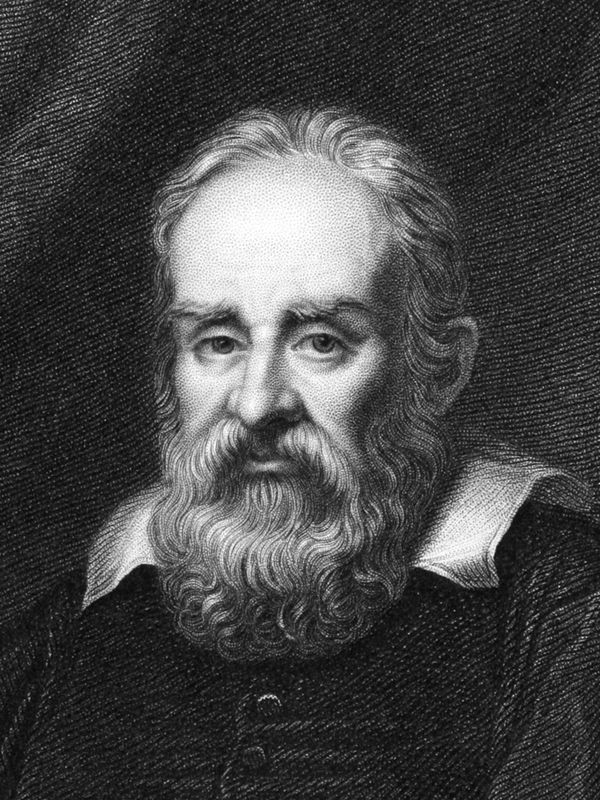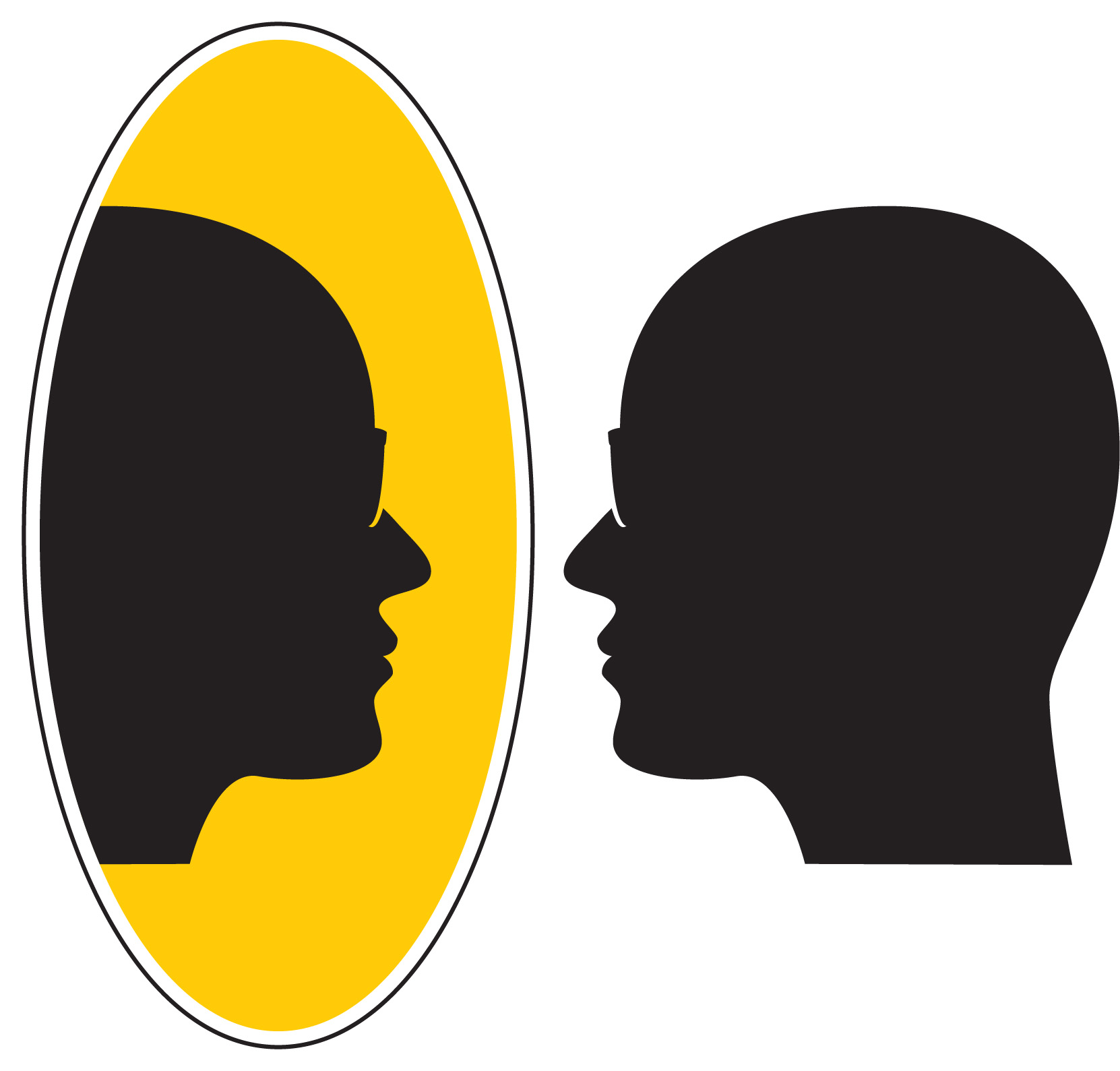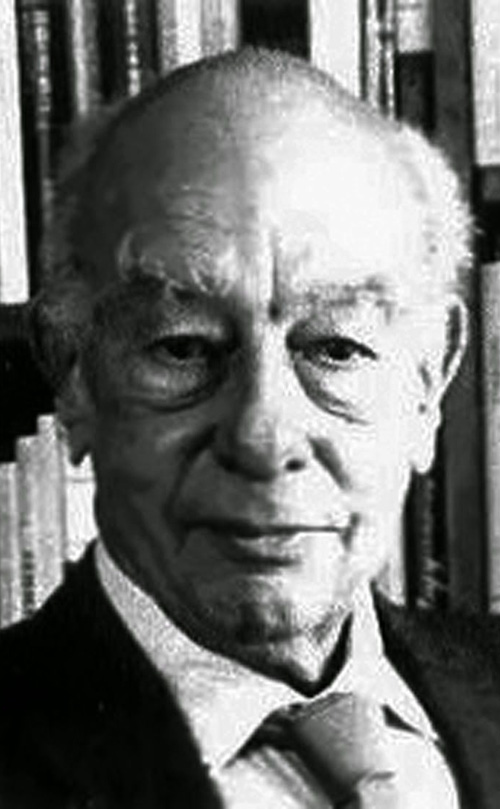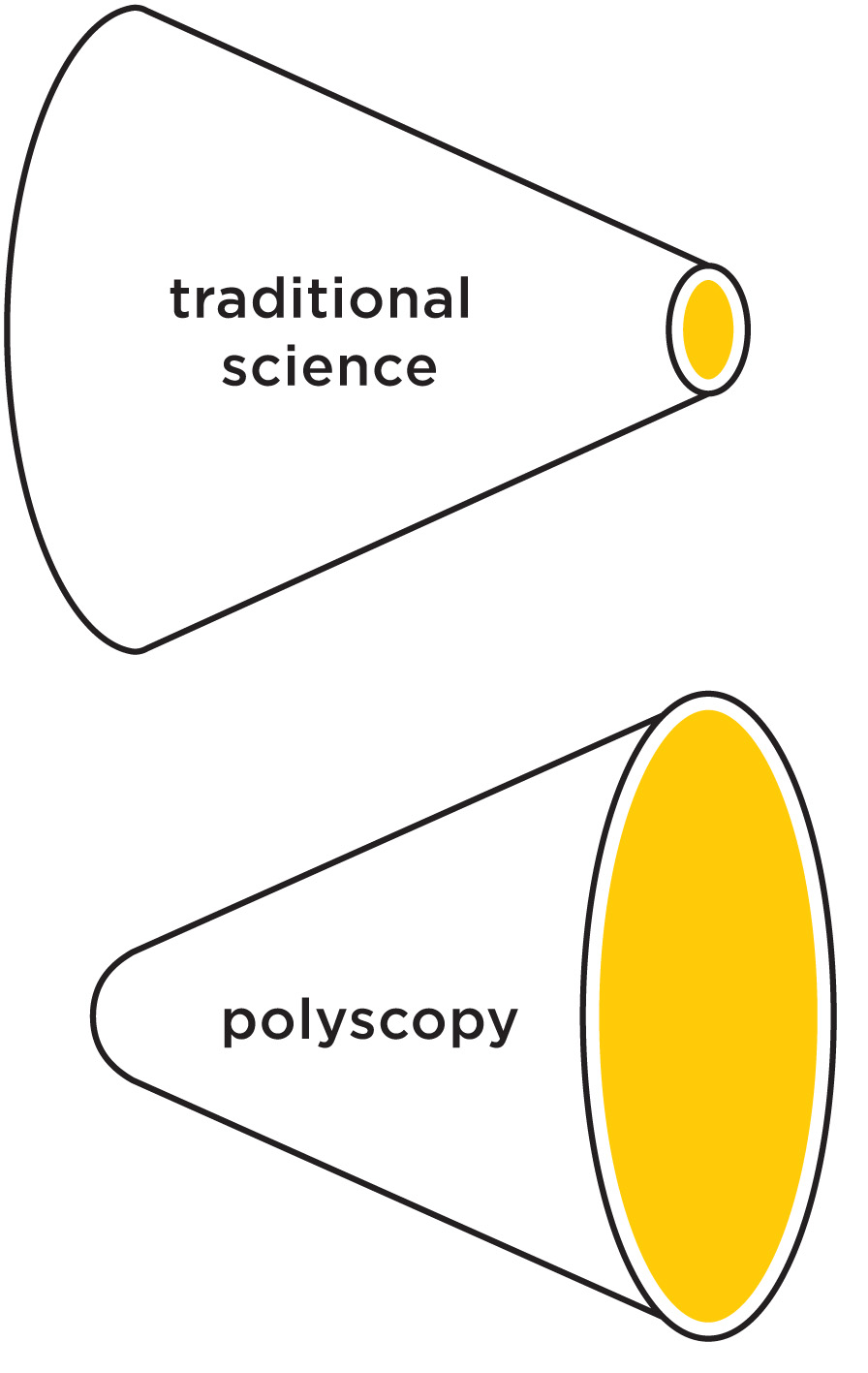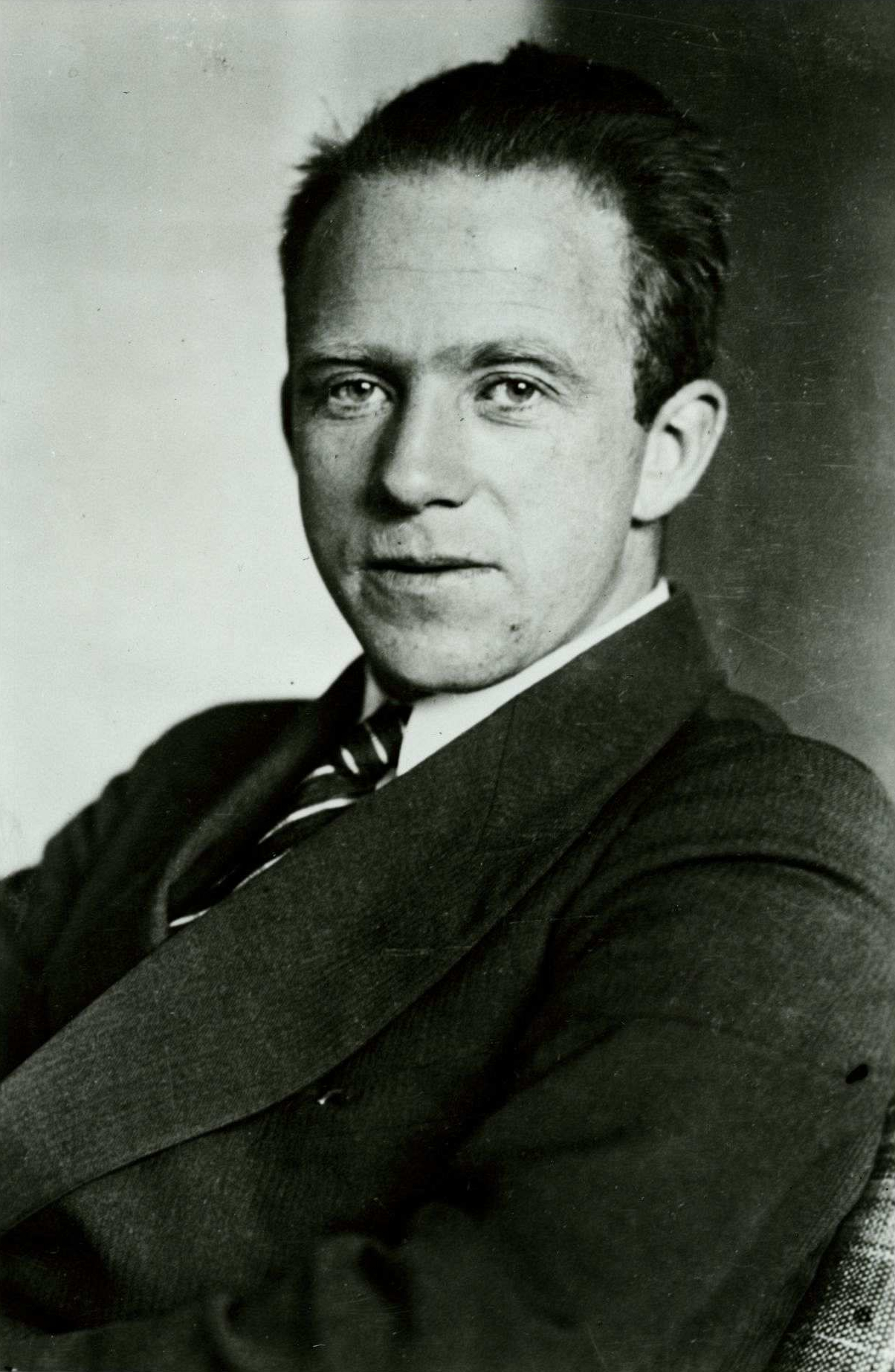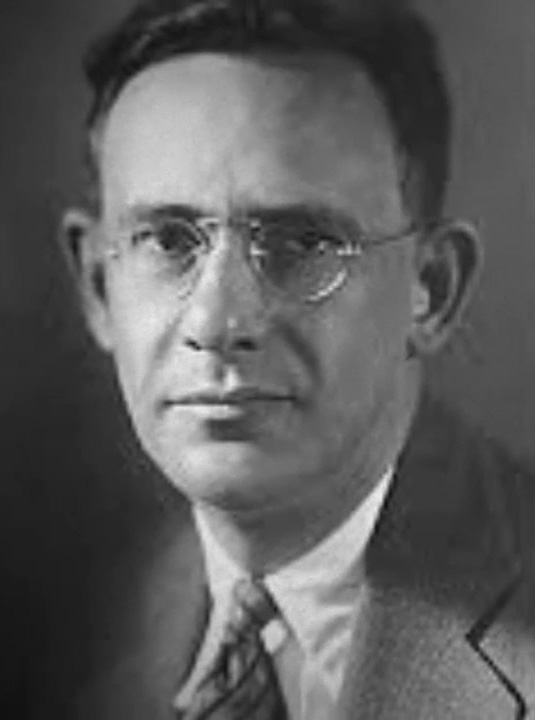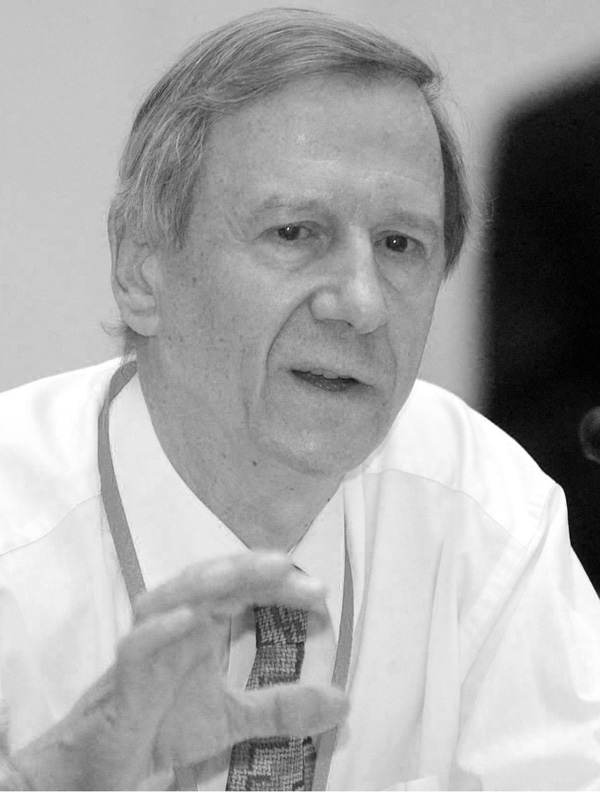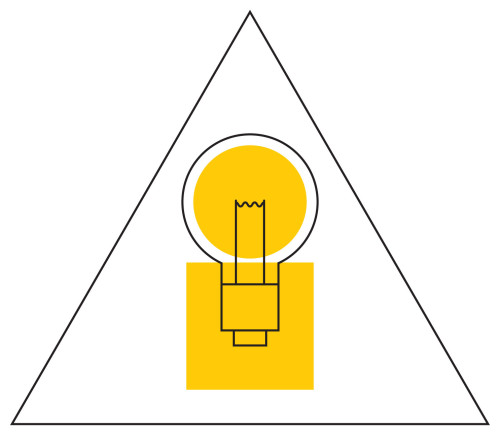IMAGES
Contents
- 1 Federation Through Images
- 1.1 Not all images are worth one thousand words.
- 1.2 – Eppur si muove!
- 1.3 – On every university campus there is a Mirror.
- 1.4 – Physical concepts are free creations of the human mind, and are not, however it may seem, uniquely determined by the external world.
- 1.5 – [The] flow from the theoretical to the conventional is an adjunct of progress in the logical foundations of any science.
- 1.6 When we acknowledge as legitimate the view that the scientific language and method have been our own i.e. human creation, and that they limited what were are able to see and assert as true, it also becomes legitimate and even mandatory to adjust them so as to minimize that limitation.
- 1.7 – [T]he nineteenth century developed an extremely rigid frame for natural science which formed not only science but also the general outlook of great masses of people.
- 1.8 – It needs but half an eye to see in these latter days that science, the Grand Revelator of modern Western culture, has reached, without having intended to, a frontier.
- 1.9 – The objective of studies needs to be to direct the mind so that it brings solid and true judgments about everything that presents itself to it.
- 1.10 When it was understood that the "Newton's Laws" were not a discovery of the inner workings of nature but his own creation and an approximation, two directions of development opened up to science.
- 1.11 – Enough of this. Newton, forgive me...
- 1.12 – Giddens quotation...
- 1.13 Ingress.
- 1.14 The task of Knowledge Federation is to prototype and evolve a socio-technical 'light bulb'.
Federation Through Images
Not all images are worth one thousand words.
But the ideograms are! They play a similar role in knowledge federation as mathematical formulas do in traditional science. An ideogram can condense a wealth of insights and many pages of text into an image whose message can be recognized at a glance. Recall the Newton's formula, or Einstein's ubiquitous E=mc² – those are already ideograms! But the possibilities behind the ideographic approach are endless and vastly surpass the conventional maths. Those possibilities vastly surpass also what is demonstrated by our illustrations; they are yet to be developed through creative use of new media.
– Eppur si muove!
To see that the theme we are talking about is not at all "of philosophical interest" (only), think about the world of the Late Middle Ages: never-ending wars, horrifying epidemics, infamous Inquisition trials... Bring to mind the iconic image of Galilei in house prison, a century after Copernicus, whispering "Eppur si muove!" into his beard. The problems of the day were not solved by focusing on those problems, but by a slow and steady development of a whole new approach to knowledge. Several centuries of unprecedented progress followed. Could a similar advent be in store for us today?
– On every university campus there is a Mirror.
We use the metaphor of the magical mirror (or more simply and humbly just "Mirror") to mark the entry point to an emerging academic reality (and paradigm, and frontier). To understand its meaning, bring to mind that the traditional idea of what constitutes "good" knowledge and knowledge work, as represented by the standards of excellence in the sciences: We are first of disciplined to adhere to the language and the methods of an established discipline (by becoming "philosophy doctors"). Beyond that, we are expected to assume the attitude of impartial, disinterested or "objective" observers. The underlying rationale is that when we adhere to this sort of discipline, we are able to depict the reality as it truly is.
The Mirror symbolizes a deep insight, leading to a radical change of self-identity, attitude and values. "When we see ourselves in the Mirror", reads the explanation of this ideogram, "we see the same world that we see around us. But we also see ourselves in the world. A profound insight results: We are not those objective observes we believed we were, hovering above the world and taking snapshots through the objective of the scientific method. We are in the world! The scientific method is our own creation. Also so is the world we see around us, it is increasingly our own creation. We are responsible for that creation!"
As the case was in the Louis Carroll's story from which this metaphor has been borrowed, one can also walk through the Mirror. And when one does, one finds himself in an academic reality which is surprisingly often the reverse image of the academic reality we are accustomed to.
Knowledge federation may now be understood as a model or a prototype of that other reality.
– Physical concepts are free creations of the human mind, and are not, however it may seem, uniquely determined by the external world.
There are far too many giants on whose shoulders we may stand to see the Mirror. Hence we here represent them by a single one, Albert Einstein. Also elsewhere on these pages Einstein appears in the role of an icon for "modern science". "Physical concepts are free creations of the human mind, and are not, however it may seem, uniquely determined by the external world," Einstein and Infeld wrote in Evolution of Physics. "In our endeavor to understand reality we are somewhat like a man trying to understand the mechanism of a closed watch. He sees the face and the moving hands, even hears its ticking, but he has no way of opening the case. If he is ingenious he may form some picture of a mechanism which could be responsible for all the things he observes, but he may never be quite sure his picture is the only one which could explain his observations. He will never be able to compare his picture with the real mechanism and he cannot even imagine the possibility or the meaning of such a comparison."
So we've just heard 'modern science' tell us that the "correspondence with reality" is something that is just simply impossible to verify! And now we'll hear it say that it is also a common result of illusion: "During philosophy’s childhood it was rather generally believed that it is possible to find everything which can be known by means of mere reflection. (...) Someone, indeed, might even raise the question whether, without something of this illusion, anything really great can be achieved in the realm of philosophical thought– but we do not wish to ask this question. This more aristocratic illusion concerning the unlimited penetrative power of thought has as its counterpart the more plebeian illusion of naïve realism, according to which things “are” as they are perceived by us through our senses. This illusion dominates the daily life of men and animals; it is also the point of departure in all the sciences, especially of the natural sciences.”
But if our task is to distinguish what is "really true" from illusion – how can we conduct it based on a criterion (correspondence with reality) which cannot be verified? And which is itself commonly a product of illusion?
– [The] flow from the theoretical to the conventional is an adjunct of progress in the logical foundations of any science.
"We are not discovering an objectively true picture of reality. We are constructing (an approximate representation of) reality". This conclusion, which we are calling the constructivist credo, follows from the results reached in a broad variety of disciplines (physics, biology of perception, cognitive science, linguistics, sociology, philosophy...). It is also an epistemological position upheld explicitly or implicitly by the 20th century's giants.
But this epistemological position too has a problem. When the constructivist credo is placed into a system of thought where "truth" means "correspondence with reality", and where each statement is supposed to be about reality, the result is a paradox.
Fortunately, this problem has a natural solution. It is what Willard Van Orman Quine called truth by convention. Truth by convention is the kind of truth that mathematics is based on: "Let x be... Then..." It is meaningless to ask whether x "really is" as stated. In "Truth by Convention", Quine argued that "every science" progresses from an assumption of mutual understanding and reality of the shared concepts, to understanding that such an assumption cannot be upheld, and then resorting to explicit definition by convention.
So why not allow knowledge work at large to progress similarly?
A practical way to do that is to spell out the rules (the underlying assumption and criteria), by stating them as a convention. We have done that exercise; the result is a prototype called the Polyscopic Modeling methodology. The knowledge work (epistemology, methods, information formats, results, insights...) that results by applying this methodology is called polyscopy. We often use this shorter and simpler keyword also for the methodology itself.
So polyscopy, or more generally the knowledge-work space on the other side of the Mirror, can be envisioned as the academic space liberated from the conventional one-way disciplinary approaches, where the what and the how and the way are not inherited from a tradition but designed by making conventions. <p>The results of polyscopy show that when the constructivist credo is stated as a convention, it becomes a solid foundation for a an approach to knowledge that satisfies both the logical (consistency) and pragmatic (usefulness) criteria!
And since knowledge federation is to a large degree motivated by the potential of "digital technology" to "help make this a better world" (see Federation through Stories), let us not forget to highlight the following: When the contemporary media technology is applied to merely (and radically!) increase the efficiency of the traditional practices and patterns of interaction in knowledge work, what the people are already doing, the natural result is information glut. When, however, we are allowed to reconstruct what knowledge work is "from scratch" and how it operates (based on the available epistemological and methodological insights, and the contemporary needs of people and society i.e. what information needs to be like to help us jointly realize whatever we need to know), then radically more innovative and dramatically more useful ways to develop and apply the information technology become readily available.
That is what the knowledge federation prototype is there to show.</p>When we acknowledge as legitimate the view that the scientific language and method have been our own i.e. human creation, and that they limited what were are able to see and assert as true, it also becomes legitimate and even mandatory to adjust them so as to minimize that limitation.
Here comes the first reversal on the other side of the metaphorical Mirror. It is so germane to polyscopy that we are calling the ideogram that represents it the Polyscopy ideogram. (Our design team has deleted the eye on the left-hand side of each of the conic tubes, they say that looking from left to right is implied in our culture.) The point is that as soon as we've identified something as our own way of looking or scope, it becomes natural to adjust it to be able to see more. In polyscopy, by convention, the language and the methods in knowledge work, and even the results of knowledge work, are considered as no more than human-created and hence re-creatable ways of looking at things or scopes.
The Polyscopic Modeling methodology is conceived as a general-purpose methodology – it allows us to create or federate insights and ideas about any subject, and on any level of generality. Hence instead of choosing our subject of study according to the habits of a discipline, perpetuated by the chosen language and methods and the very subject of the discipline, we become free to direct our attention by using as guidance its relevance to knowledge work and to society – as explained in more detail below.
The reversal pointed to by the Polyscopy ideogram has profound and sweeping consequences, which include even the attitude we have when sharing or federating knowledge. Instead of rejecting whatever fails to agree with our dominant worldview, and devising ways to convince or coerce trespassers (peer reviews, debates...), our favored attitude becomes the one of the dialog (supportive listening while suspending our own propensity to reject ideas, and even our judgment itself). We do our best to see things in a new way, by using the offered scope. Even contradictory ideas are allowed to co-exist in the same space. Knowledge federation is conceived as "collective thinking", by which the values and relative positions of the stated ideas are continuously brought into relationships and re-evaluated and re-negotiated.
– [T]he nineteenth century developed an extremely rigid frame for natural science which formed not only science but also the general outlook of great masses of people.
Who are the giants whose insights we may use to justify and legitimize this reversal? There are once again many – and here we choose only two of them, and weave their statements together into a coherent narrative so that the core sides of this all-important issue are at least touched upon, and we let you draw your own conclusions. And we add one more as an epitaph and a curiosity.
In his 1958 book-essay "Physics and Philosophy" Werner Heisenberg explained how "The nineteenth century developed an extremely rigid frame for natural science which formed not only science but also the general outlook of great masses of people. (...) This frame was so narrow and rigid that it was difficult to find a place in it for many concepts of our language that had always belonged to its very substance, for instance, the concepts of mind, of the human soul, or of life." The entire monograph is an historical account explaining how this worldview become dominant, and how the modern physics rigorously disproved it. Heisenberg concludes that "one may say that the most important change brought about by the results of modern physics consists in the dissolution of this rigid frame of concepts of the nineteenth century".
– It needs but half an eye to see in these latter days that science, the Grand Revelator of modern Western culture, has reached, without having intended to, a frontier.
Benjamin Lee Whorf diagnosed the resulting situation as follows (already in the 1940s!): "It needs but half an eye to see in these latter days that science, the Grand Revelator of modern Western culture, has reached, without having intended to, a frontier. Either it must bury its dead, close its ranks, and go forward into a landscape of increasing strangeness, replete with things shocking to a culture-trammelled understanding, or it must become, in Claude Houghton’s expressive phrase, the plagiarist of its own past."
– The objective of studies needs to be to direct the mind so that it brings solid and true judgments about everything that presents itself to it.
René Descartes is often "credited" as the philosophical father of the limiting (reductionistic) side of science. This Rule 1 from his manuscript "Rules for the Direction of the Mind" (unfinished during his lifetime and published posthumously) shows that even Descartes might have rather be remembered as an early supporter of polyscopy.
When it was understood that the "Newton's Laws" were not a discovery of the inner workings of nature but his own creation and an approximation, two directions of development opened up to science.
The second reversal is of the direction in which knowledge is growing.
The vertical axis and the direction "up" have a distinguished role in polyscopy. The direction "up" symbolizes what is technically called "vertical abstraction", the result of which is a general insight, principle, rule of thumb... When we 'go up', we see, metaphorically speaking, the forest but not the trees. Hence we become able to see where we are headed, and whether there might be a much better way to go available to us. The direction "up" also symbolizes drawing nearer to basic practical human concerns.
And now about the message of this ideogram: When it was understood that the "Newton's Laws" were not a discovery of the inner workings of nature but his own creation and an approximation, two directions of development opened up to science. One direction was to grow science "downwards" – away from daily-life concepts and concerns, and toward greater rigor, precision and detail. The other direction was "upwards" – by doing in all walks of life what Newton did in physics, namely by creating approximate concepts and models that can vastly improve our understanding, and suitably orient our action. The sequence of scientists "converging to zero" in the ideogram is there to indicate that only the former option was followed...
– Enough of this. Newton, forgive me...
Here a single text will provide sufficient illustration and support – Einstein's "Autobiographical Notes". In a similar way as Heisenberg did in Physics and Philosophy, Einstein first describes the successes of science that resulted by following the classical or Newton's way. Then he points to the discrepancies or anomalies, the phenomena that could not be explained in that way, and that needed completely new thinking. Einstein concludes: "Enough of this. Newton, forgive me; you found just about the only way possible in your age for a man of highest reasoning and creative power. The concepts that you created are even today still guiding our thinking in physics, although we now know that they will have to be replaced by others further removed from the sphere of immediate experience, if we aim at a profounder understanding of relationships."
Notice the importance of this matter. Notice that this is not just a technicality, and not even just a direction of growth. What we are talking about is the academic self-perception and self-identity, which is the core change ignited by the Mirror. What those two options represent is really whether we should define our profession as doing what Newton did – namely modeling physical phenomena in terms of "physics concepts" such as mass, velocity etc. Or whether we should allow ourselves to do as Newton did – and create concepts and methods to model, approximately but precisely enough, whatever under the Sun may need our (that is, people's) attention and understanding.
– Giddens quotation...
Ingress.
The third and last reversal is the purose
POINT first: The Modernity ideogram serves to define and explain three central knowledge federation keywords. They are distinct, but at this level of generality we may consider them as synonymous, because what we are interested in is the BIG point they have in common – and that is what this ideogram is there to express. The point is... that by changing the headlights we make THE WHOLE BIG THING radically more valuable (turning it from risky, potentially a mass suicide machine, to a vehicle that can take us to places where we may reasonably want to be). Notice that when we consider the information as a commodity (as the media informing does), or when we create it within the limits of a discipline (as it is common in academic research), we are not likely to do the kind of big structural change that is suggested by the transition from the candle to the light bulb.
But what interests us here is the epistemology. The bus represents our technologically advanced and fast-moving civilisation. The candle headlights represent the way information is created and used, which we have indiscriminately inherited from the past. As a practical message, this image suggests that the ways of creating and sharing information we have inherited will not fulfil some of the purposes we now urgently need to take care of, notably the purpose of orienting our choices, or of 'illuminating the way'. By designing instead of inheriting what we do with information, suggests this image, we can now make the difference between a hazardous ride into the future, and using our technology to take us to places or conditions where we may justifiably wish to be.
In an academic or fundamental sense, the bus metaphor is pointing to an epistemological stance where information is no longer considered an objective image of reality, but as a part of this reality, or a system within a system, whose purpose is to fulfil certain specific roles. Under this epistemology, the creative acts to reconfigure what we do with information become basic research – as “the discovery of natural laws” has been in traditional science. The bus metaphor further points to the necessity of what we are calling systemic innovation, where we apply our creative capabilities, and our technology, to fulfil the purposes that must be served, rather than to reproduce the habitual practices and ways of working. The bus points to the need to turn our basic institutions or socio-technical “candles” into “lightbulbs”, and to the opportunity to invent and create on this larger, systemic scale. By doing that, suggests the bus metaphor, we may make a similar difference in the ream of our institution as the conventional innovation made by designing technical objects, since the age of the candle.
The task of Knowledge Federation is to prototype and evolve a socio-technical 'light bulb'.
The “i” in the above metaphorical image, composed of a circle on top of a square, renders the information that Knowledge Federation undertakes to create in a nutshell. The purpose of this information is to provide direction-setting high-level insights (represented by the circle), based on a multiplicity of lower-level insights (represented by the square), which illuminate an issue or phenomenon from multiple sides.
What is being shared here – and you may watch it evolve and emerge through time – is the third book of the Knowledge Federation Trilogy titled "Knowledge Federation" and subtitled "Science for the Third Millennium". The idea is to render an academically sound and convincing argument – in an entertaining and engaging cartoon-like format – that "science" (what we collectively rely on to provide us truth and meaning) must become something entirely different than what it presently is.

